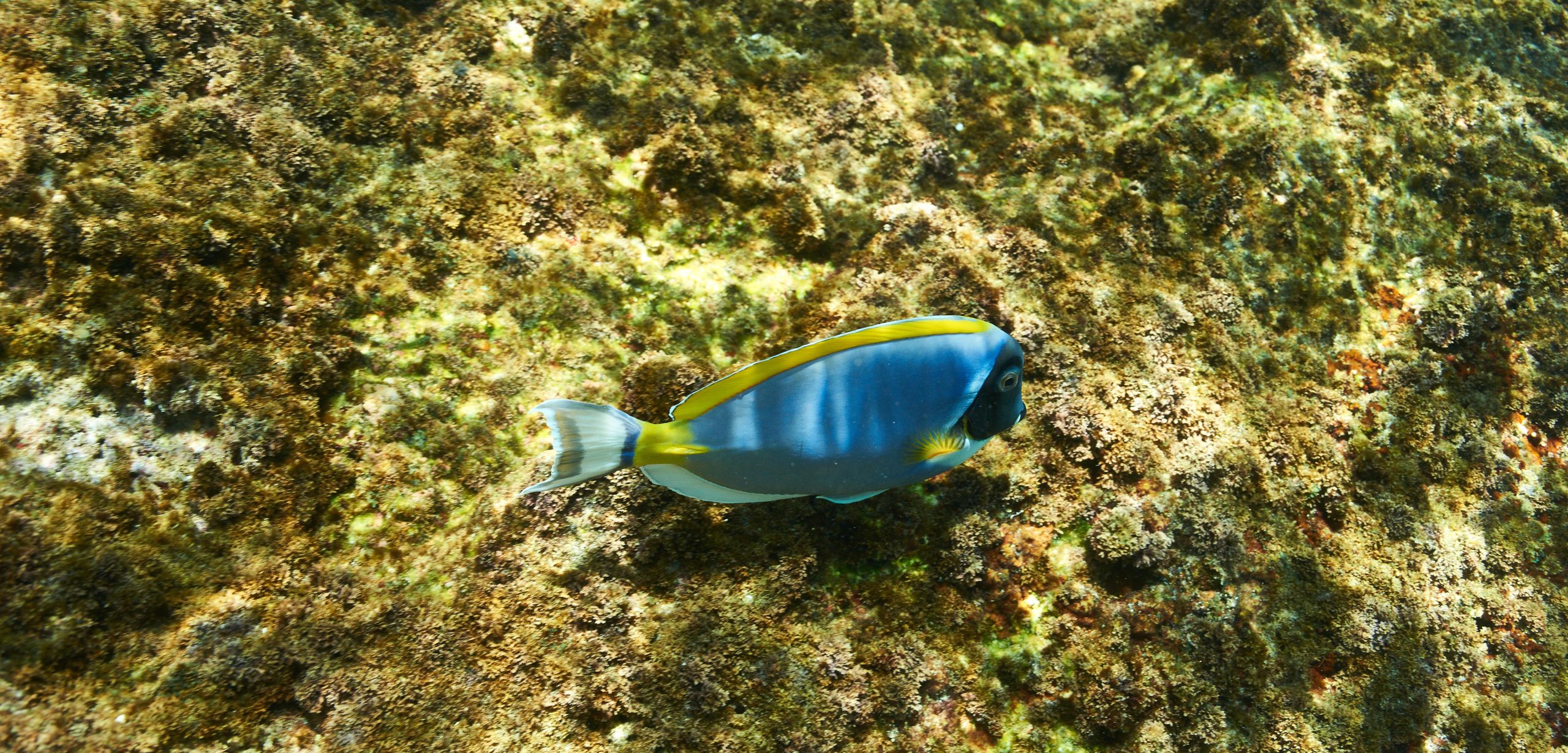Saving a Coral Reef, One Transplant at a Time
First developed in the 1970s, coral reef transplants are finally proving effective.
Article body copy
In 2012, while scuba diving over the coral reef off Cousin Island in the Seychelles, Sarah Frias-Torres could only hear her own breathing. “It was so quiet,” she says. “It was so dead. It was just like flying over the surface of the Moon.”
Before 1998, these waters were filled with corals, schools of fish, and the audible snaps of shellfish and shrimp. But after weeks of warm water—the product of a powerful El Niño—the corals ejected the colorful algae that inhabit and feed their tissues. Globally, 1998 was a devastatingly hot year: 16 percent of corals starved to death. In the Seychelles, that figure reached 97 percent. But Frias-Torres is focused on that last three percent: the survivors.
Over the past four years, Frias-Torres and her colleagues at Nature Seychelles have been rebuilding the reef, transplanting thousands of corals into a lifeless area dominated by sand and rock.
Coral transplantation has been used to help ailing reefs since the 1970s, but Frias-Torres’s attempt is the first to show that it can be effective over large scales and long into the future.
As with any organ transplant, the first step to rebuilding a coral reef is to find suitable donors. And at Cousin Island, the team didn’t have to go far: just a stone’s throw away from the heavily bleached site, along the same 400-meter reef, was a healthy population of corals that somehow managed to dodge the worst of the bleaching. As not to disturb this resilient site, the researchers took only small samples from 10 species of coral.
Like taking cuttings from plants, the scientists used these thumb-sized chunks to grow new corals. The cuttings were glued to bits of rope and an old fishing net, and attached to floating buoys made from recycled jerrycans.
“[The Seychelles] is a developing nation,” says Frias-Torres. “There are many shortages in terms of access to materials. And we just had to bypass those needs and basically MacGyver our way through this project.”
After a year in these floating coral nurseries, the cuttings grew from thumbs into footballs. They were ready. Over the next 18 months, the researchers and a group of volunteers transported them to the reef and anchored them in place using marine cement squeezed from an old pastry bag.
In total, 24,431 corals were transplanted, making it one of the largest reef restoration projects ever undertaken. But the transplants were just the means to the end: the real goal was to make the reef an attractive site for new baby corals to settle down and grow.
Some corals, known as brooders, nurture their larvae inside their tissues then release them into the world, many settling near their parent. Other species are broadcast spawners, releasing millions of eggs and sperm into the nearby eddies and currents, hoping that they will fertilize, grow into larvae, and swim to a healthy home.
For two years after the transplant, the researchers tracked how many new corals settled on the reef. Compared to a damaged site that was left unaltered, the number of baby corals (known as spats) settling in the transplant site was up to six times higher. Even compared to the healthy site, the recruitment of spats and larger juveniles was nearly twice as high in the transplant zone.
In other words, the transplanted corals hadn’t just survived; by releasing larvae and come-hither cues into the water, they guided newcomers to recolonize the reef. “Those larvae found that our transplanted reef was attractive enough to go and settle and recruit there,” says Frias-Torres. “It’s a sexy site.”
James E. Maragos, a coral biologist working in Hawai‘i’s Kāne‘ohe Bay in the 1970s, first used transplants to boost the recovery of two species of corals that were struggling to survive in sewage-filled waters.
But, generally seen as largely ineffective, costly, and sometimes even damaging, coral reef restoration has been heavily criticized and often ignored by coral conservationists ever since. The criticisms were valid.
Previously, corals were simply moved from one reef to another, often damaging the donor while failing to heal the recipient. But Frias-Torres’s technique of growing the baby corals in floating nurseries—first developed by Baruch Rinkevich from the National Institute of Oceanography, Israel, in the 1990s—gets large numbers of transplants while taking only a little from existing reefs.
“The methods for transplanting corals are all finally really working well, and they’re effective,” says Kristen Marhaver from the University of California, Merced, who studies corals in the Caribbean.
Unfortunately, the researchers didn’t replicate their technique across a broader area, says Marhaver. Since the three sites were spread out along the same reef, the results may have also been influenced by environmental factors—such as small currents favoring settlement in one area over another.
To prove the case that coral transplants work as well as they seem to, this technique, like the corals themselves, must be nourished and replicated. With enough rope, empty jerrycans, and determination, it can be done.

